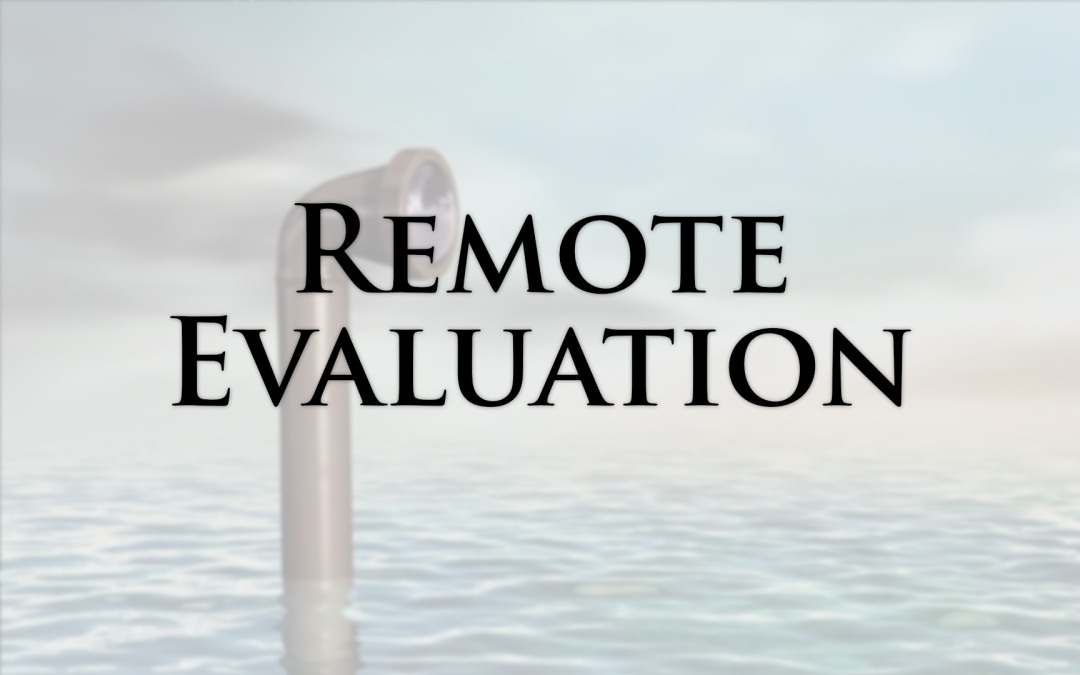The best income properties are typically outside of your home state.
How do you confidently buy property “sight unseen”?
I’ve bought this way successfully for more than 10 years. (I was recently interviewed on TV about it here.)
Those that insist on seeing every property in-person before they buy is as perplexing as Yung Gravy’s music success.
In fact, I’ve grown so accustomed to it that even when I visit an area where I’ve owned properties for years, I usually don’t even set up a time with my property manager to go look at them.
Let me be clear. I buy property, hold for cash flow, sell at a tax-free profit years later, and will never see the property in-person.
Where does my faith come from?
Below are 7 of my favorite resources that make remote property-buying easier than ever.
The cost shown for each resource is for a typical single-family income property in the Midwest and South. But fees aren’t much higher for duplexes, fourplexes, and apartments.
Costs often total less than $1K. Consider them part of your closing costs. It’s “cheap insurance”.
1) Macro websites: Free & paid. These are my choices for examining a broader metro’s economic vibrancy and demographics: GRE Marketplace, Altos Research, ATTOM Data Solutions, Burns RE Consulting, US Census, bls.gov, and FRED.
At GRE Marketplace, we even video-interview property managers for you.
FRED aggregates a bunch of boring-looking government sites into a pleasing and interactive format.
2) Neighborhood websites: $50+ per month for Neighborhood Scout. Free for Crime Grade and Best Neighborhood.
One must be careful here. For example, some sites show that my neighborhood is the worst in the metro, even though it’s above average. The other end of the neighborhood brings down the average.
3) Google Street View: Free. Ed Sheeran-level mainstream, everyone knows about this. Navigate real street images. Footage is often from the past year in urban areas, older in rural areas.
For profitable long-term rentals, a safe neighborhood beats a beautiful one.
Subtle signs of a safe neighborhood are: maintained structures, mowed lawns, lack of trash, and the condition of parked cars.
4) We Go Look: Fee-based. WeGoLook.com is such a cool resource!
Imagine finding a trusted, independent, out-of-area professional to go check out a property, car, or equipment for you. That’s how it works.
In your target neighborhood, you can have interior or exterior photos taken, address verification, winterization check and more
You could even summon someone to go look Saturday at midnight to check noise and the neighborhood vibe.
It’s unlikely that you’ll be so suspicious about a remote purchase that you’ll have to resort to this.
5) Inspection: $280 to $400. Don’t skip it, even on a new-build property. This evaluates the property’s condition before you buy it.
You can select the independent third-party inspector yourself, or ask the provider for recommendations.
The inspector walks through the home and checks everything from roof to foundation, including windows, doors, appliances, plumbing and electrical systems and more.
They’ll list deficiency findings in a report, add photos, and e-mail it to you. Then you ask the seller to fix some or all of them for you. There are always findings.
6) Appraisal: $300 to $500. After your offer is accepted, the appraisal is an estimate of the property’s value. It’s ordered by the lender. Essentially, it checks the quality of the collateral that they’re lending against. It also helps to see that you don’t overpay.
New buyers find it interesting that the appraiser knows the amount of your accepted offer prior to conducting the in-person appraisal. It seems like cheating, doesn’t it? No wonder many appraisals come in exactly “on value”.
The appraiser considers neighborhood character and checks sales prices of recent comparable homes in the area, property condition, and age.
- If the appraised value is higher than you expected, you’ve got “instant equity”.
- If the appraised value is lower than expected, now you may have some leverage to negotiate a lower price with the seller.
Lenders don’t even care if you ever visit the property in-person.
They know that it doesn’t matter, even though they’re lending you up to 80% of the property value.
7) Site visit: You can still visit in-person yourself. Most reputable providers are receptive to hosting this. Nothing beats the real thing? Or with the convenience of today’s remote tools, maybe they beat the real thing.
Every one of these 7 resources is optional research you can do, except that an appraisal is required if you’re getting a loan.
Nothing is 100% risk-free.
The list of reasons not to buy remotely is now thinner than Kanye West’s list of ad sponsors. #ye
This due diligence can help ensure that you’re buying a solid property in a safe neighborhood, even if you’re thousands of miles away.
Thought getting your money to work for you creates wealth? It doesn’t! That’s a myth. My one-hour investing video course is now 100% free: Real Estate Pays 5 Ways. For a limited time, you can learn how wealth is really created, here.



